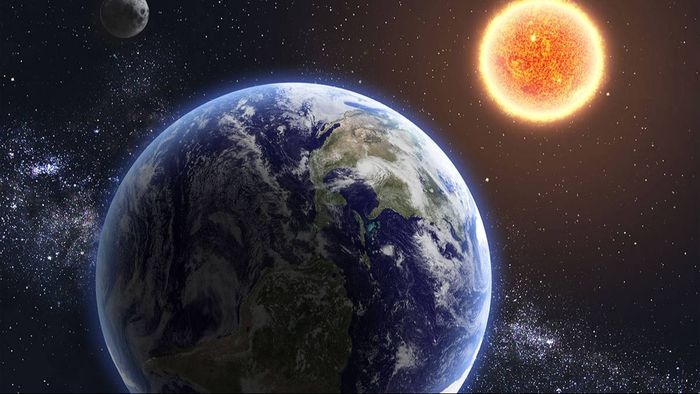Perihelion Day 2024: Earth's closest approach to the sun
Today, Earth is at its closest point to the sun in its 2024 orbit, a phenomenon known as Perihelion. This event, which typically occurs two weeks post-winter solstice, highlights the elliptical nature of Earth's orbit.

- Jan 03, 2024,
- Updated Jan 03, 2024, 12:17 PM IST
Today marks Perihelion Day, January 3rd, in which Earth comes closest to the sun in its 2024 orbit. On this day, Earth is roughly 3 million miles closer to the sun than its farthest point, known as the aphelion. Perihelion doesn't occur on the same day annually, but typically happens two weeks post-winter solstice, the shortest day in the Northern Hemisphere.
This highlights that Earth's orbit isn't a perfect circle, but rather an oval. Today, our planet will be approximately 91.4 million miles from the sun. Research from the University of California, Berkeley, indicates that sunlight is approximately 7% more intense during perihelion compared to aphelion.
Space.com explains that 'perihelion' originates from Greek, with 'peri' meaning around and 'helios' referring to the sun, while 'aphelion' signifies the point in an orbit when a celestial body is farthest from the sun. Orbits in the universe often take on an elliptical shape rather than perfect circles.
Some orbits are slightly elliptical, resembling a somewhat squashed circle with low eccentricity, while others are more elongated and highly eccentric. These variations in orbital shapes contribute to the dynamic nature of celestial paths in the cosmos.